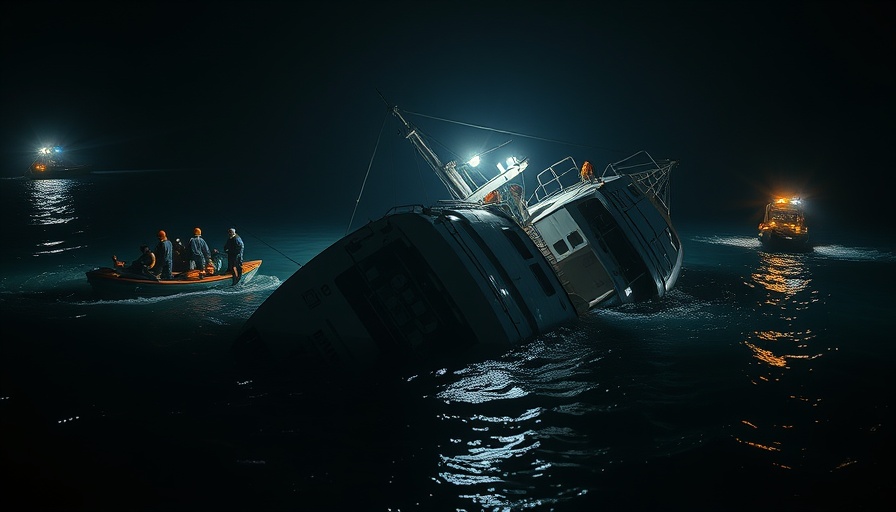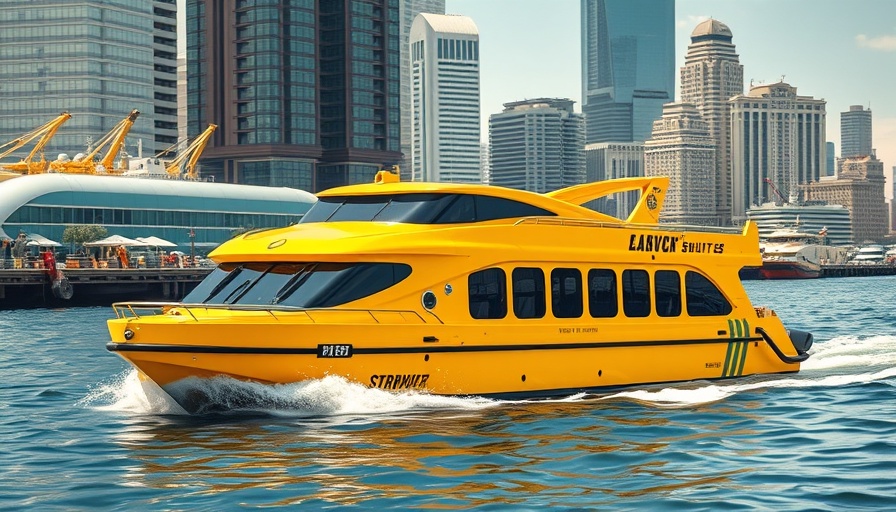
Understanding the Investigation into Foreign Flags
The Federal Maritime Commission (FMC) has recently launched an important investigation focusing on the practices of foreign flags, known as flags of convenience, and their implications for America's shipping industry. Chairperson Mike Ezell kicked off discussions in a recent hearing, emphasizing his concern over how these flags impact U.S. shipping safety and economics.
The Flaws in Flags of Convenience
What are flags of convenience? Essentially, they allow shipowners to register vessels in a foreign country, often for lower costs and fewer regulations. This situation raises serious concerns about safety and accountability, as highlighted by FMC Commissioner Rebecca F. Dye.
“These flags enable unsafe vessels to operate while avoiding higher standards,” Dye stated during the hearing. She pointed out alarming trends where foreign entities may directly compete by lowering safety protocols, creating a “race to the bottom” that could harm the U.S. ocean shipping supply chain.
Economic Ramifications of Foreign Flagging
Flags of convenience not only jeopardize safety but also compromise fair competition for American shipping businesses. As Dye noted, the lax regulations associated with these flags can significantly disadvantage U.S.-flagged shipping companies, leading to financial losses which ripple through the economy.
Ezell echoed the importance of maintaining American maritime dominance, linking it to national security and economic growth. “Restoring American maritime significance is paramount,” he stated, reinforcing the need for stringent investigation and enforcement against those who exploit foreign registries.
Broader Impact on Global Trade Standards
The implications of this investigation reach far beyond just U.S. waters. Flags of convenience have drawn attention globally for enabling subpar shipping practices that can allow smuggling, sanctions evasion, and other irregularities. Recognizing these issues is vital for fostering international cooperation and devising effective regulations for safe ocean shipping.
Next Steps in the Investigation
With a public comment period running until August 20, stakeholders are urged to weigh in on their experiences with foreign flagging. The results will inform the FMC's subsequent actions aimed at bolstering U.S. maritime laws against discriminatory practices and enhancing safety measures.
The team at the Federal Maritime Commission is prepared to analyze public feedback and work with other federal agencies to uphold maritime integrity. Commissioner Dye's emphasis on engagement reflects a proactive approach to address concerns posed by flags of convenience.
A Call to Action for Stakeholders
Industry leaders, stakeholders, and concerned citizens must evaluate their roles in the maritime landscape and advocate for responsible practices. Engaging with the FMC's request for comments can play a critical part in shaping the future of U.S. maritime regulations. If we collectively address the issues surrounding foreign flags, we might just navigate towards a more secure and equitable shipping environment.
In closing, the ongoing investigation into foreign flags by the FMC serves as a necessary reminder of the delicate balance between cost and compliance. It points to the urgent need for accountability that doesn’t compromise safety and reliability.
 Add Row
Add Row  Add
Add 




Write A Comment